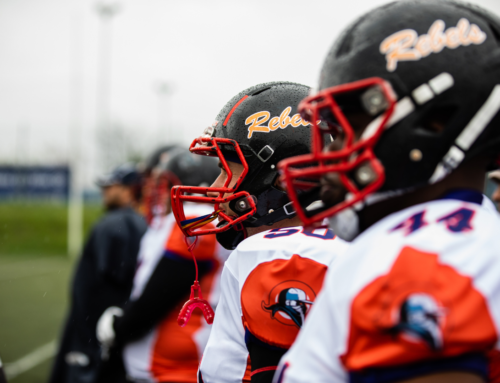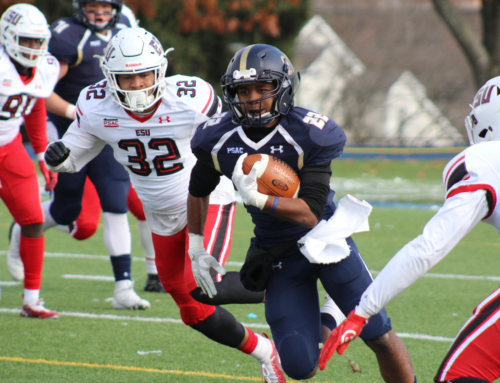Key Points:
• Power. In multiple scientific studies, power is the one measurable predictor of elite-level performance in football, rugby, soccer, and several other sports. Measured power is consistently higher for elite athletes compared to non-elite athletes in the same sport.
• Power is essentially a combination of strength generated in the shortest amount of time, resulting in what might be called “explosiveness”.
• You can train power very effectively but with some cautions for the young, growing athlete.
The NFL draft took place recently, with no other sport devoting so much money, time, and effort into trying to predict who will become the next superstar player. Players take personality profiles, their backgrounds are dissected, endless interviews are conducted. And there is the famous NFL Combine where players are tested in 8 key physical tasks. The purpose of all of that is to try and predict which player will help each team win and produce the greatest return for all of that money and effort.
Many scientific studies have attempted to figure out whether any measurable predictor of success exists. It turns out that one physical measurement stands out above all the others as the best predictor of elite-level performance in so-called “anaerobic field and court sports”: POWER.
Power
“Power” is defined as the amount of work done per unit of time, and it is measured in Watts. A number of commercially available testing devices can measure lower extremity and upper extremity power, in a number of different sport-specific tasks. Power measurement is fairly accurate and repeatable, making it a very good tool to study athletes, along with other measurements such as 40-yard-sprint, vertical jump, and body size measurements. The interesting thing about training for power is that it encompasses many different components of performance. Weight training, sprinting, jumping and agility are all components of proper power training. So in some respects, training for power is the best way to make use of your own time and effort during training.
How do you train for power?
Most athletic trainers and strength/conditioning specialists point to plyometric training as the most effective way to train for power, and all trainers recommend beginning with fundamental training in strength for several weeks before moving on to power training.
Plyometric training involves jumping and agility drills, such as box jumps, single-leg hops, bounding jumps, etc. For example, a young athlete might spend 6-8 weeks on foundational strength training for key muscle groups in a properly supervised program emphasizing squats, walking lunges, multi-angle lunges, deadlifts, etc. Once the foundation of strength is created, the athlete moves on to explosive movement such as plyometric training.
Caution For The Young Athlete
Almost all of the scientific studies and training protocols are made for adults. Some cautions are needed for young athletes with growing bodies starting a power program.
• If you’re new to these exercises you absolutely must start with supervision from a trainer with skill and experience working with young athletes
• Don’t start a plyometric program if you have any pre-existing joint pain, such as Osgood-Schlatter in the knee or Sever’s in the heel. Stop the training if you develop any joint pain during training.
• If done correctly, strength and plyometric training can be safe and effective for young athletes
There are many, many factors that go into “performance”, some of which are really impossible to predict. But one physical factor under your control is power. Train properly for power and you might just end up as the next Peyton Manning and not the next Ryan Leaf.
Did you enjoy the article ‘The One Predictor Of Elite Level Performance In Football Is…’? If so, check out more of our articles HERE.
By Dev K. Mishra, M.D.
President, Sideline Sports Doc
Clinical Assistant Professor of Orthopedic Surgery, Stanford University





